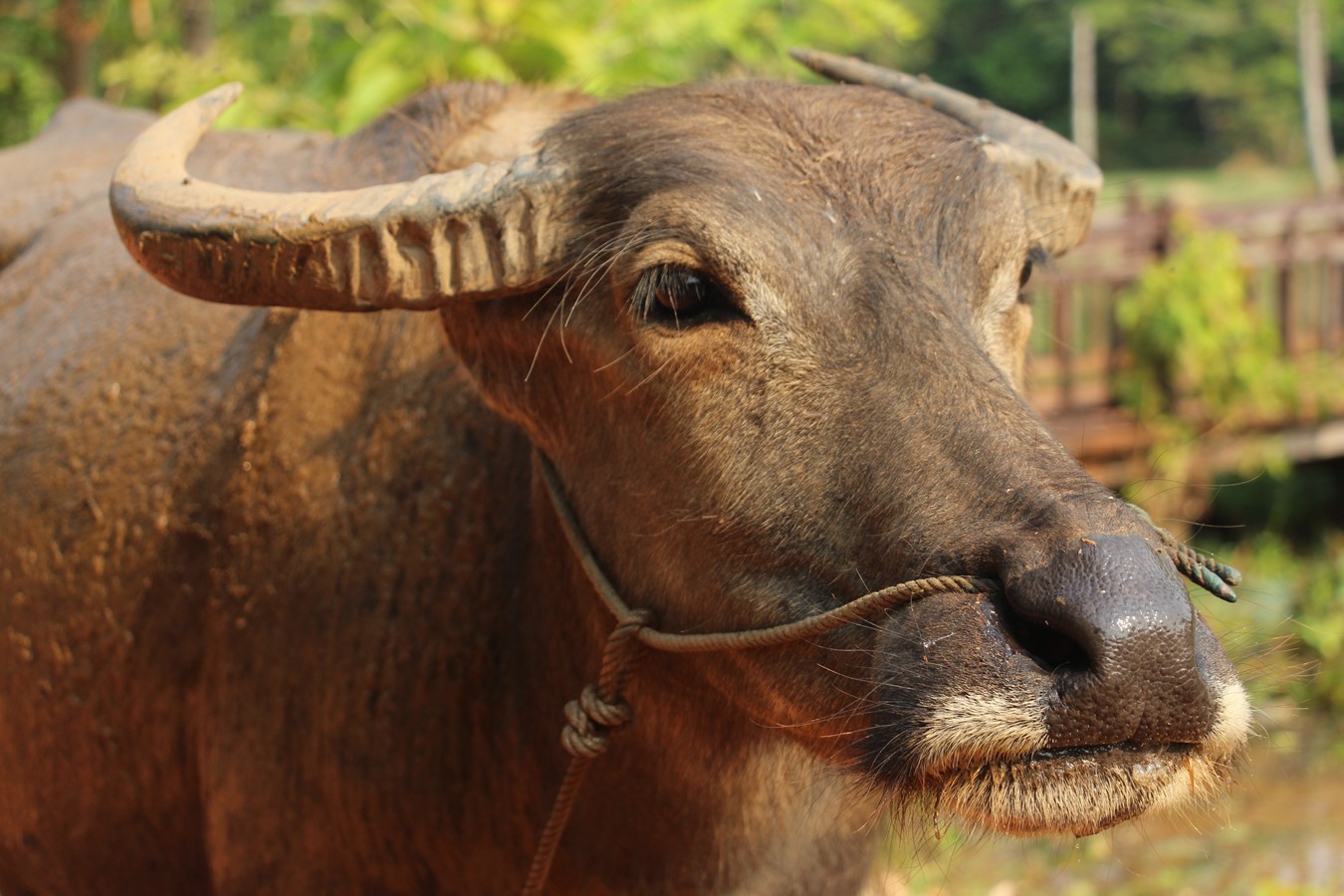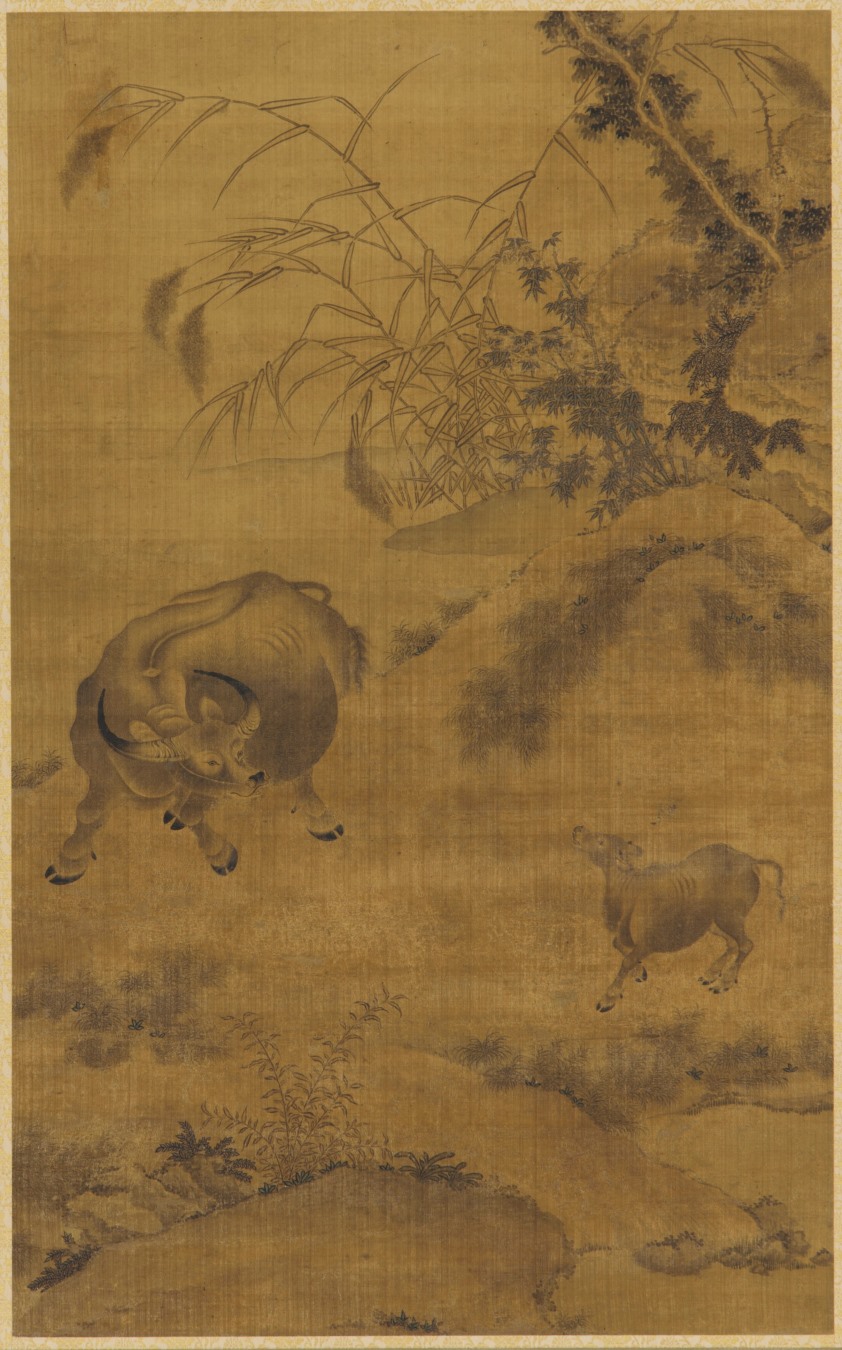Water buffalos and water buffalo products are in use for medical purpose in many countries across the Indian ocean. Stories about this animal were gathered and written by students. They are all part of a pedagogical project, funded by the National University of Singapore and the Université de Paris. The Bestiary site is a work-in-progress and a participatory educational tool, representing animals whose products or body parts are used to promote health and healing.
Cooling Horns
A Story by Tan Zhe Wei
In Asian culture, specifically in Traditional Chinese Medicine (TCM) various animals are used as a form of medication. For thousands of years in TCM, horns from water buffaloes have been used as a form of herb to relieve “heat” in the body as water buffaloes are seen as “cold” in nature. These horns are known to have “cooling” properties which can be used to relieve infectious and inflammatory conditions. They are known to be useful in terms of their antibacterial and antiviral properties. The horns are prepared and sold either in the form of power or thin scraps for oral consumption. Notably, buffalo horns are bitter and in the TCM world, bitter ingredients are effective to have a “heat dispelling” effect on the body. In addition, the bitter buffalo horns are thought to benefit the heart, liver and stomach.
Water Buffalo (Cambodia, 2016) © Leo Jalais
Although it seems to have medicinal properties, it is unfortunate that purebred wild water buffaloes are no longer existent in most parts of the world where they existed. Wild water buffaloes inhabit tropical and subtropical forests. They are never far from water, living in swamps, floodplains and grasslands. They spend much of their time in muddy waters to remove parasites and keep cool. Regrettably, the water buffalo has been eliminated from swaths of Indonesia, Bangladesh, Laos and Sri Lanka. They are an endangered species due to loss of habitat and hunting. However, hybrids or domestic varieties may still exist in Southeast Asia. Hence, a reason why the buffalo is endangered is due to threats such as hybridization. The domesticated water buffalo has interbred with the wild species, being another cause of its extinction. Despite being endangered, these species are still hunted in countries such as Cambodia. The water buffalo horn is seen as an alternative to the rhino horn that helps in treatment of conditions such as fever, similar to the properties of water buffalo horn that is used to dispel body “heatiness”.
Value in Asian medicine
However, water buffalos are a zoonoses carrier, known to act as a reservoir host for zoonotic diseases such as leptospirosis, brucellosis, rotavirus infection, tuberculosis and schistosomiasis. For example, schistosomiasis is one of the most prevalent zoonotic parasitic diseases globally and it has infected more than 200 million people. This disease is known as an important zoonotic disease in countries like China, Philippines and certain areas of Indonesia. Apart from its established infection in humans, schistosomiasis can infect other wild and domestic animals as well, which ultimately has varying impacts in transmission of the infection to humans. The human infection resulting from Schistosoma can be reduced by treatment, but the control still remains to be challenging due to the continuous transmission from shredder animals.




